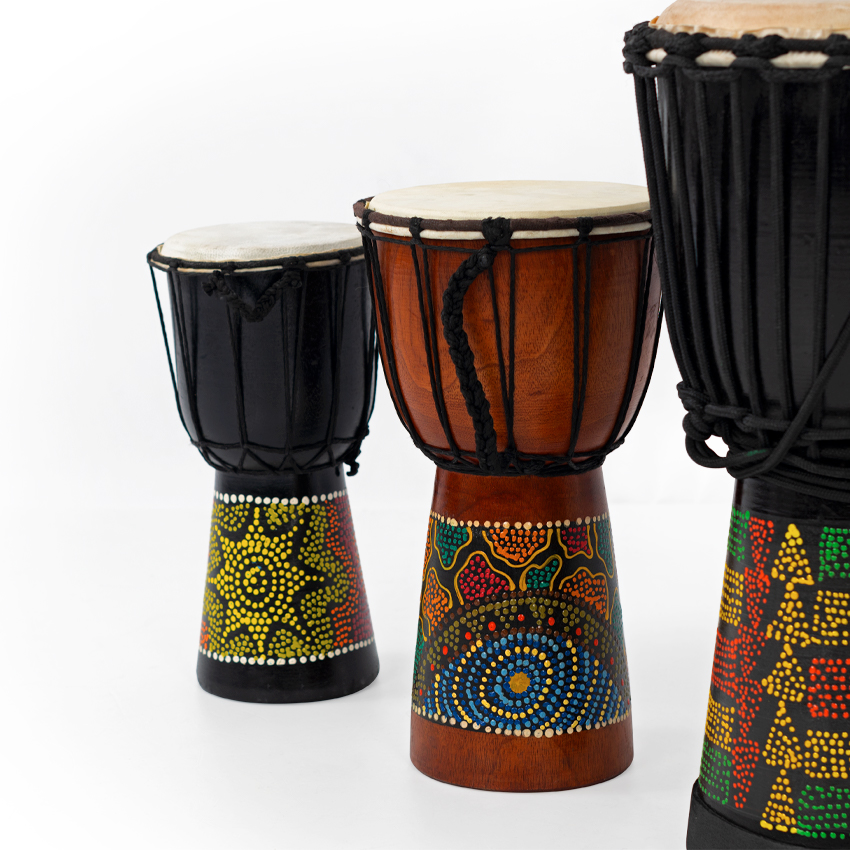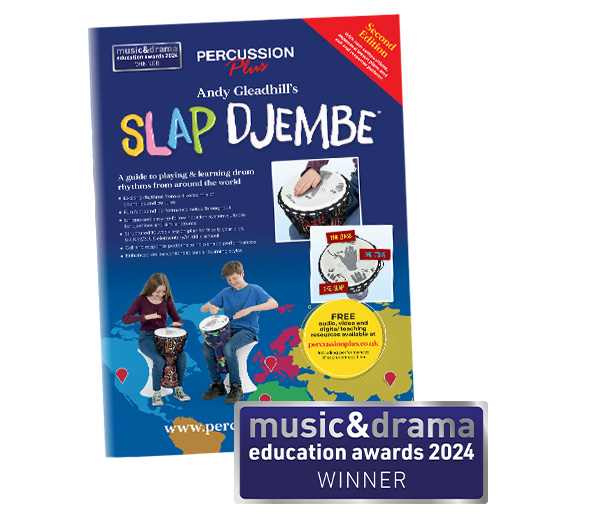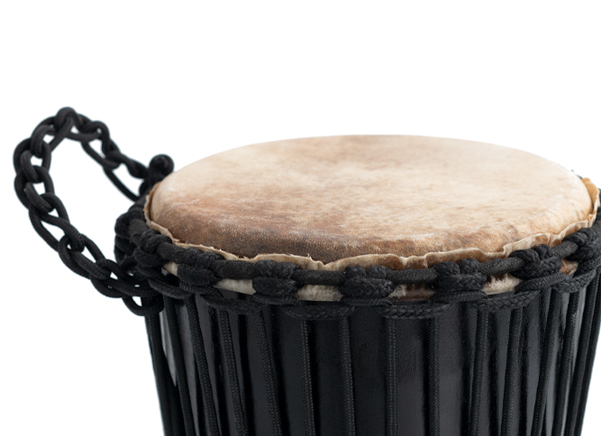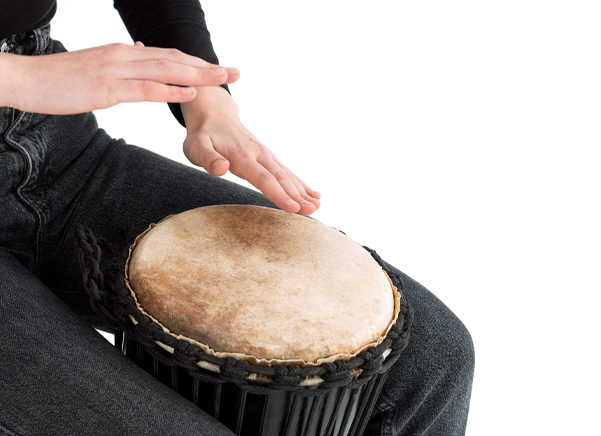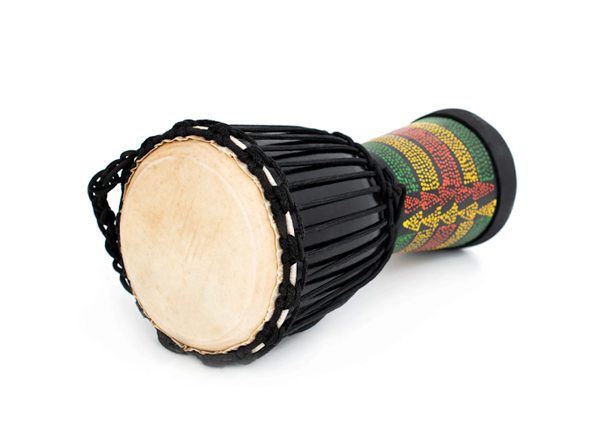Percussion workshop djembes
Percussion Workshop djembes are made using Indonesian mahogany from SVLK compliant sources. This system ensures the wood is legally logged, transported, traded, and processed, and was initiated to answer the global need to be more responsible with the world's natural resources. Each drum is sustainably designed for long-term use in the classroom and built to last.
Traditionally djembes are played as part of an ensemble and group playing is the perfect way to practise rhythm whilst in a collaborative environment, such as for children at school or during music therapy. Playing the djembe is sensory experience which can develop motor skills and reduce stress, it is also allows children and adults to gain confidence and work as a team – all whilst having fun!
Packs for 15 and 20 players are also available in a Kente design.
Please note: as the drums are made by hand, head measurements are approximate (accurate to within 1"). Single drums are available to purchase here.
